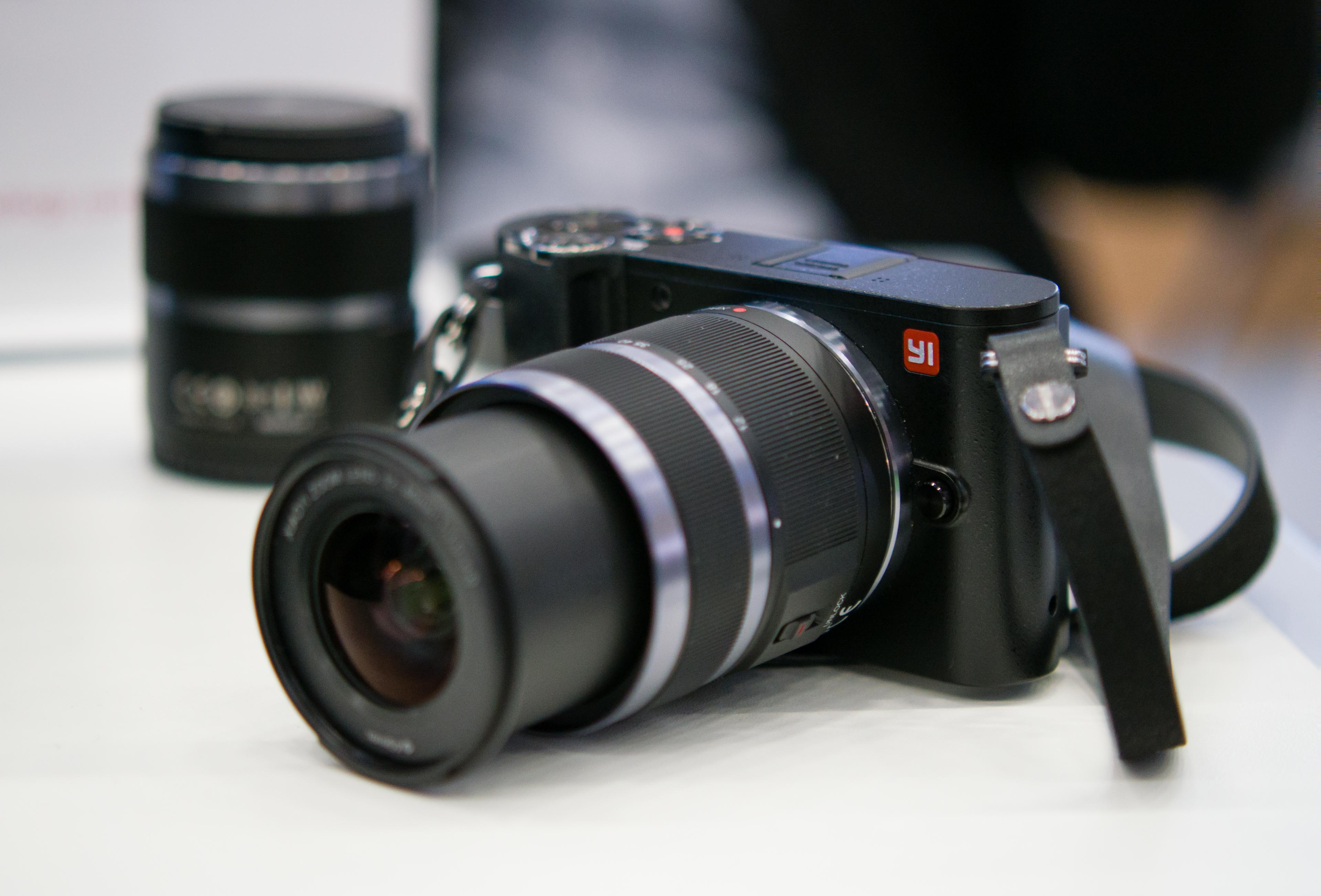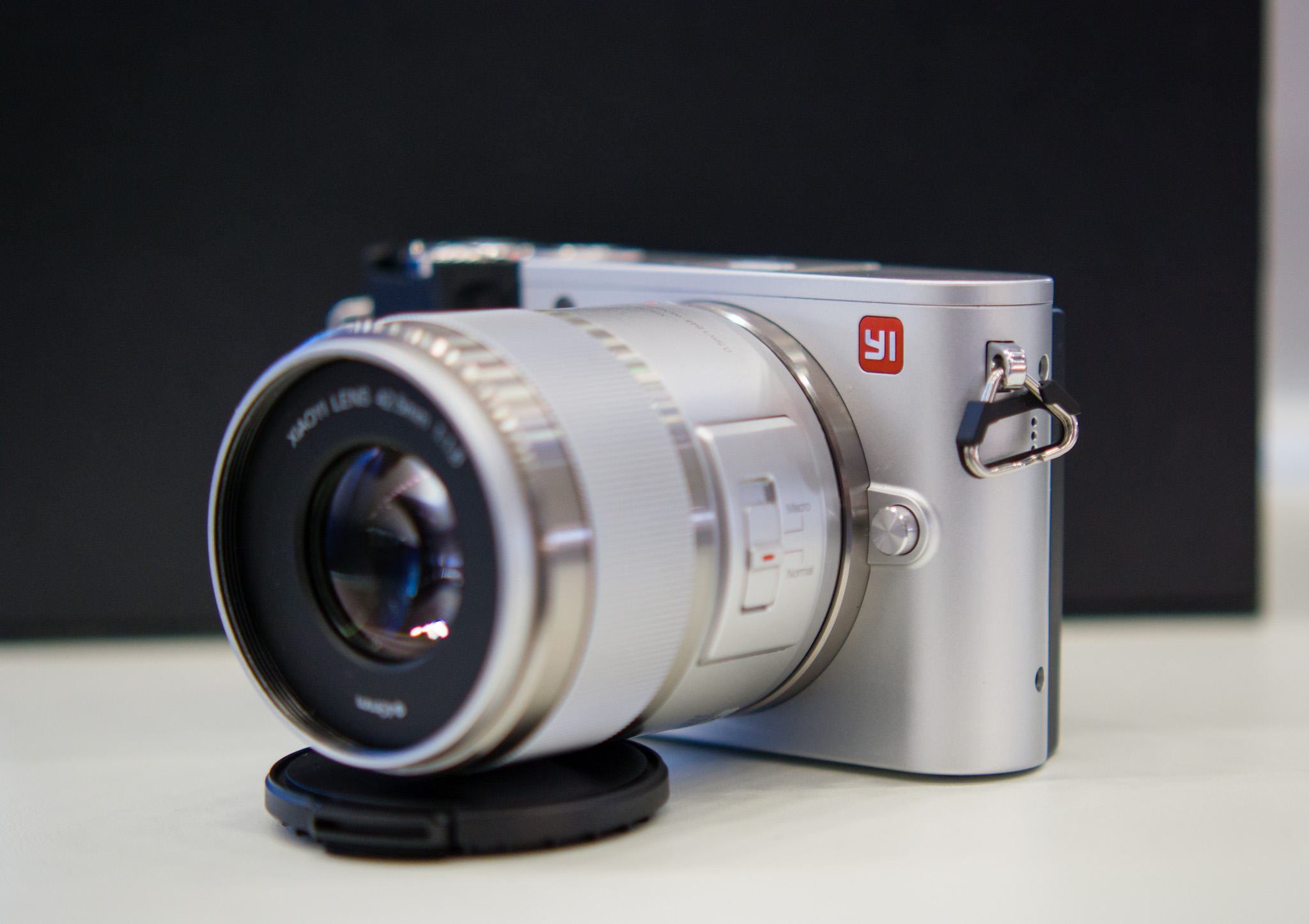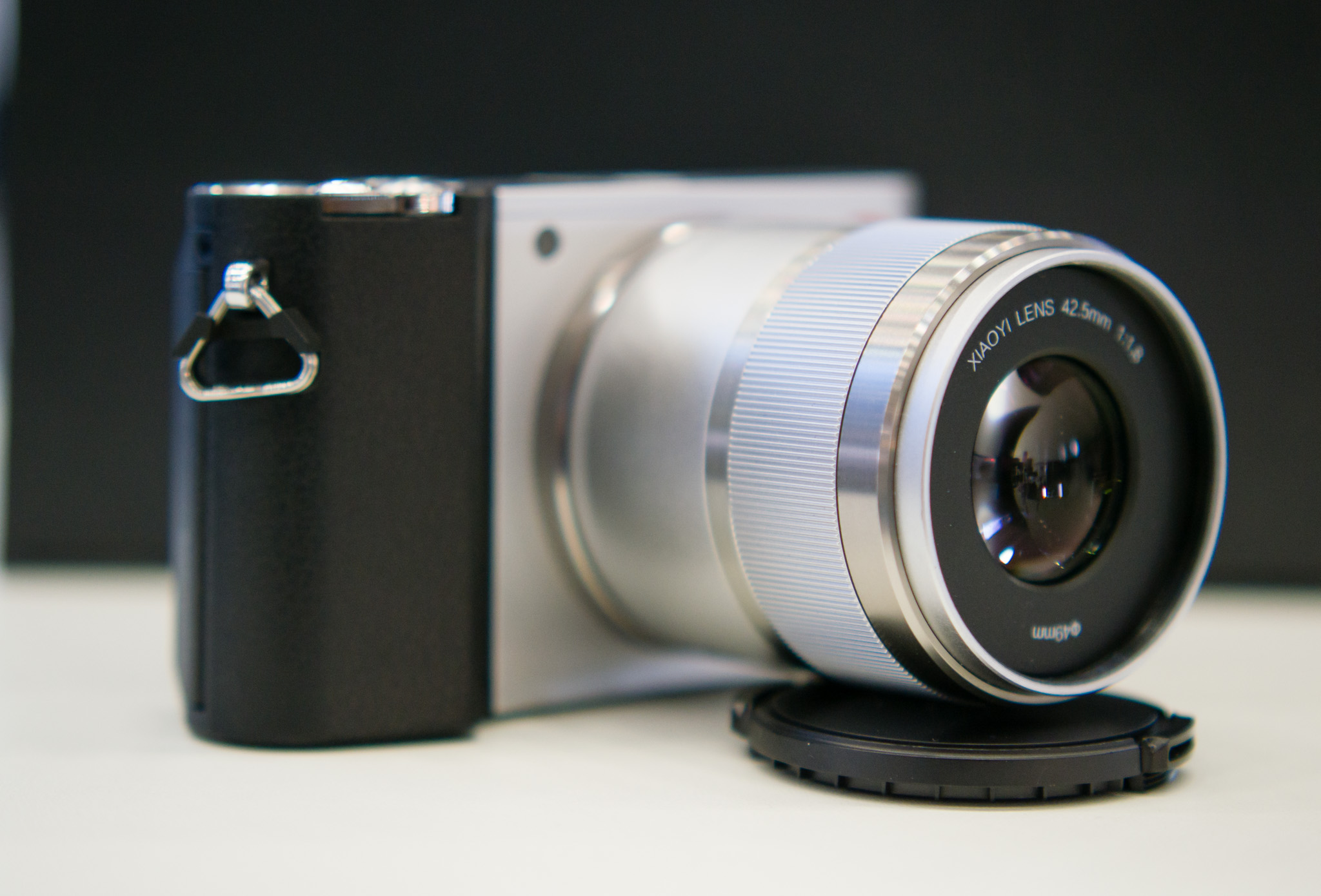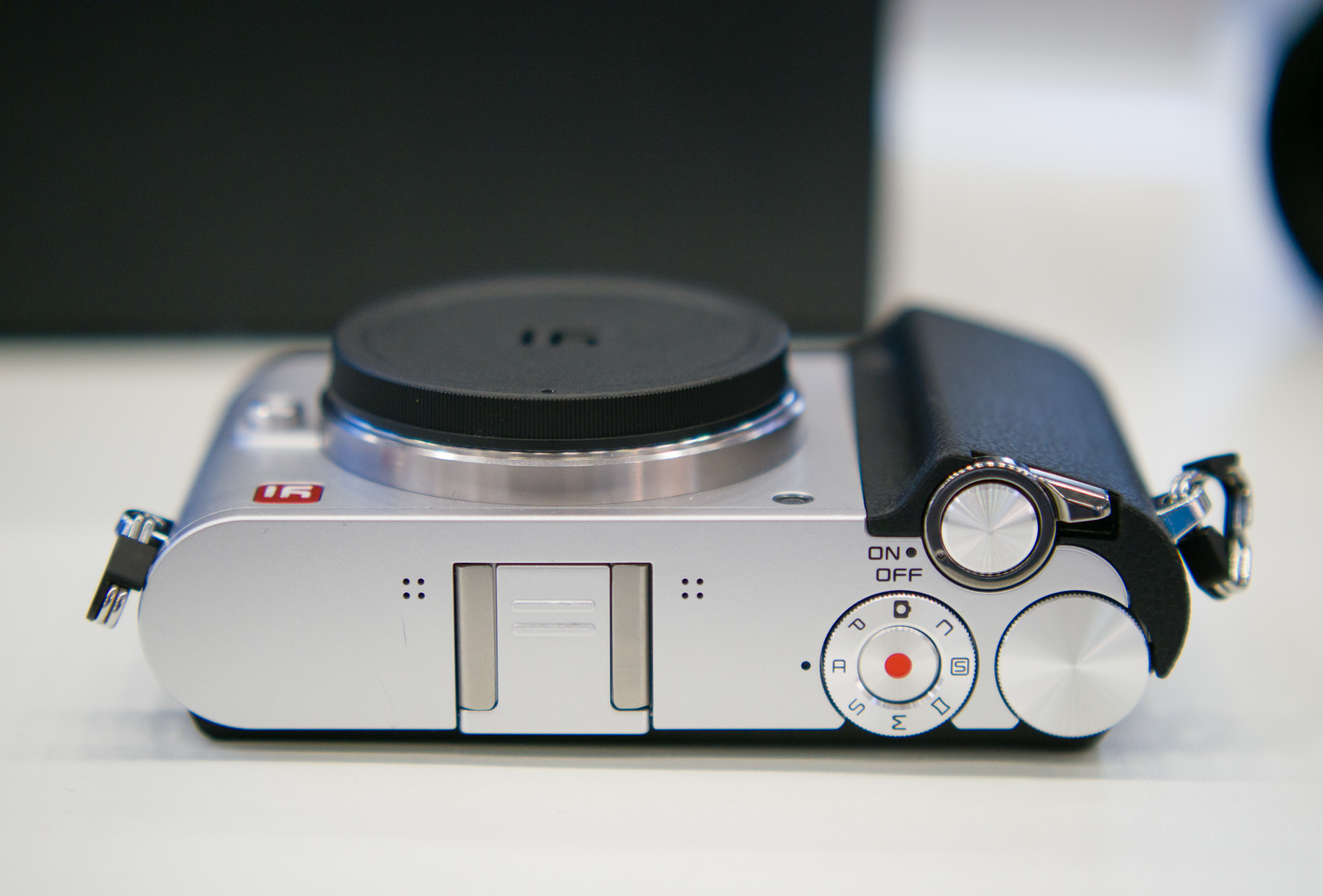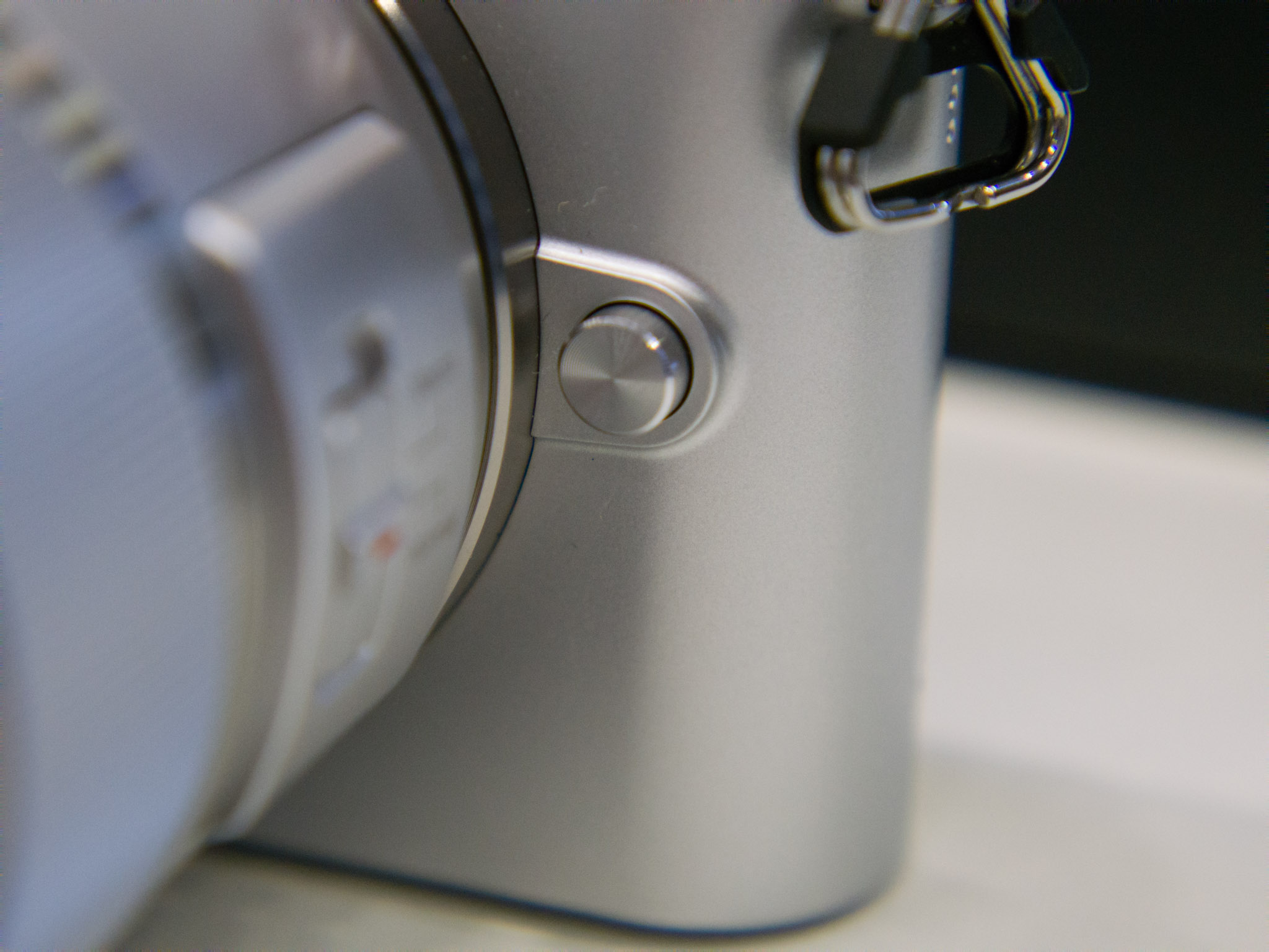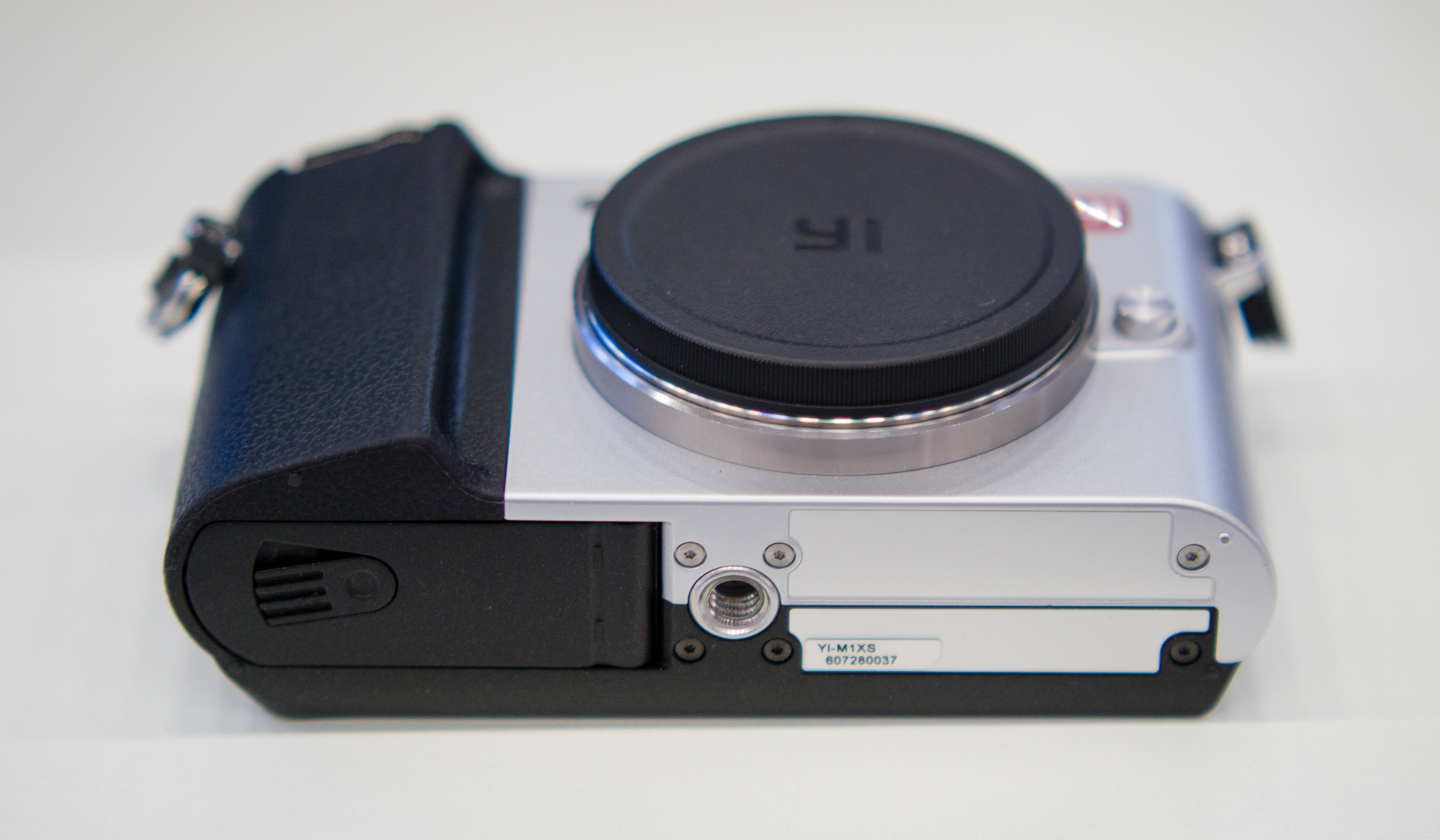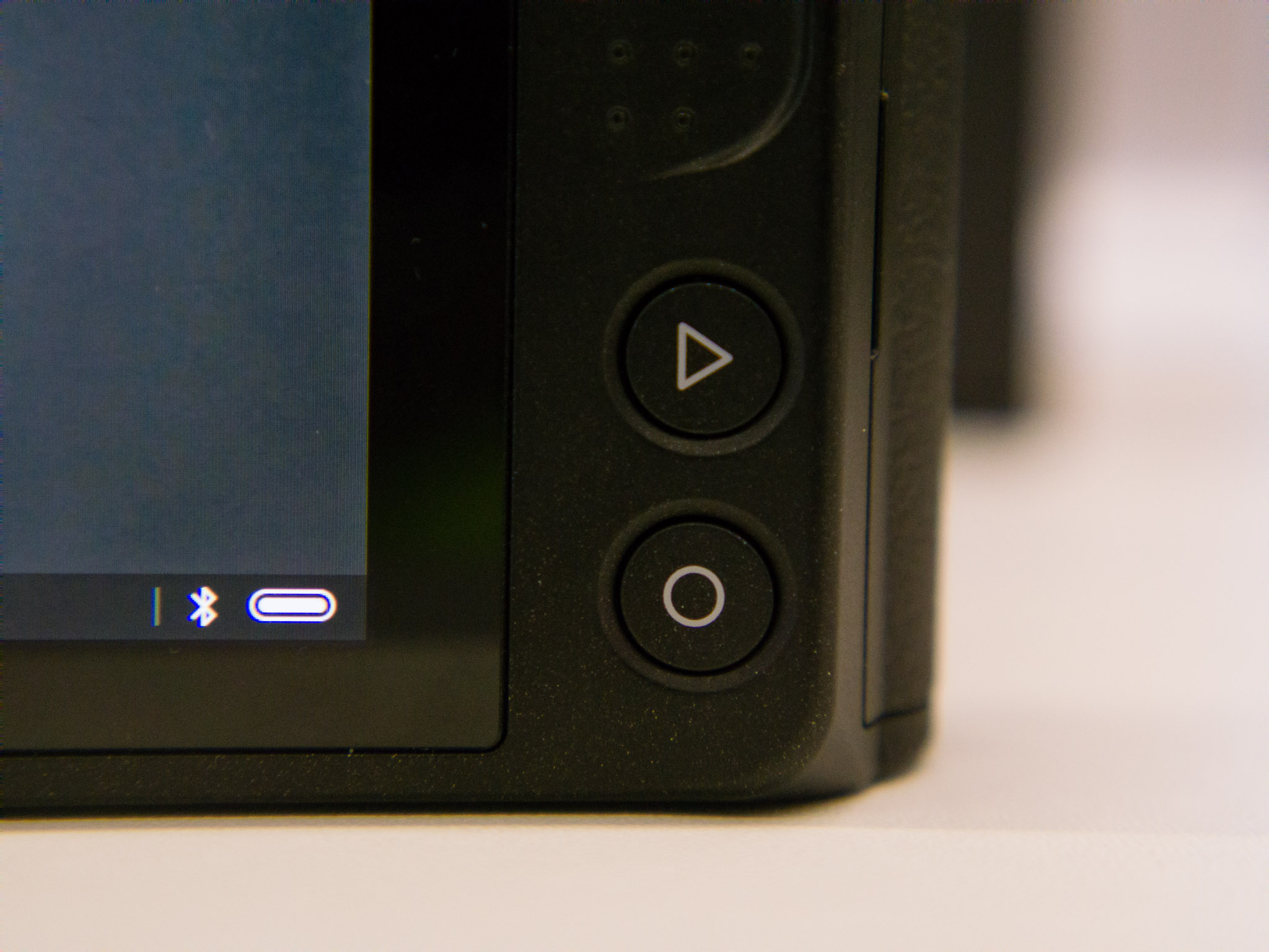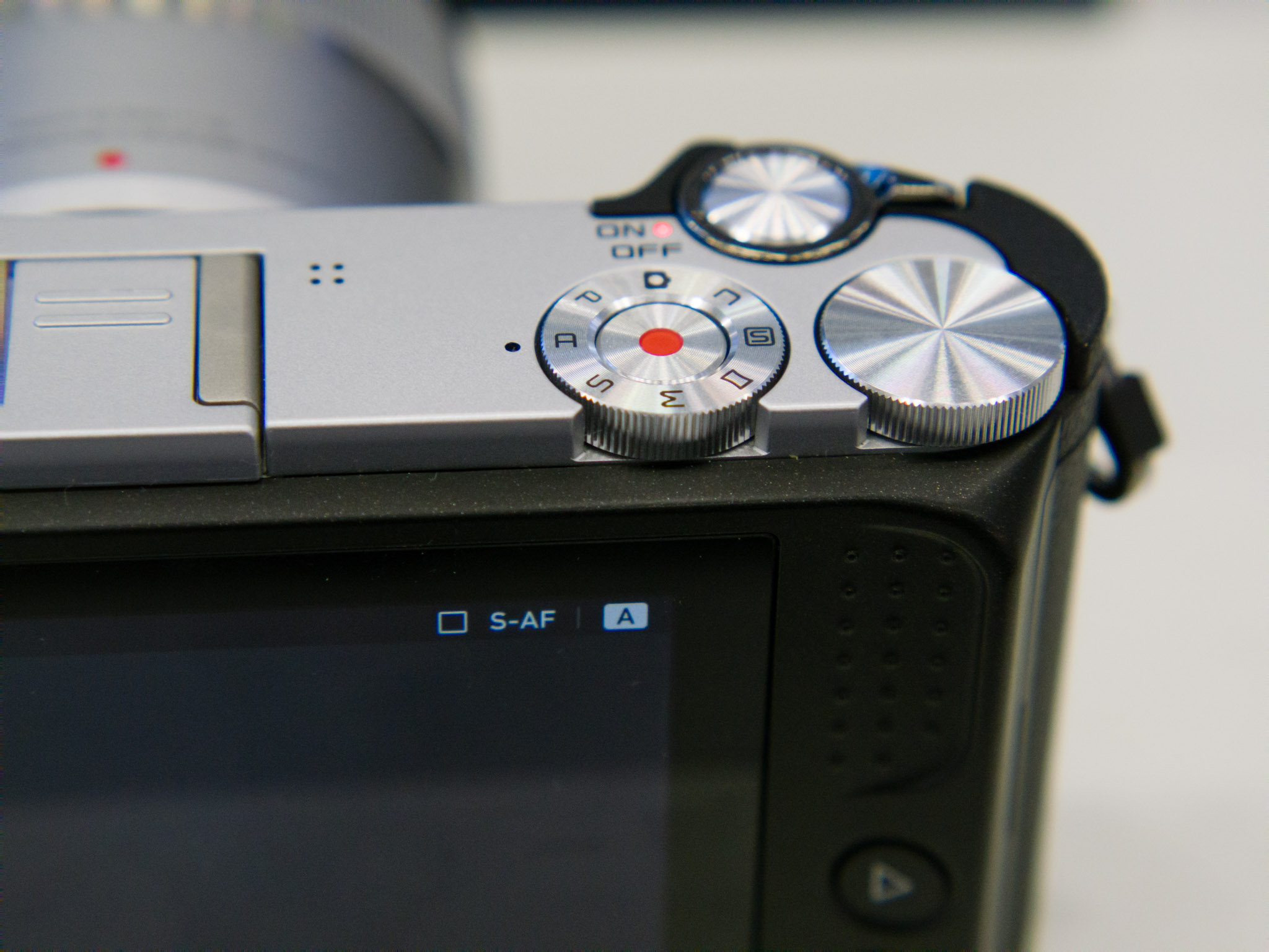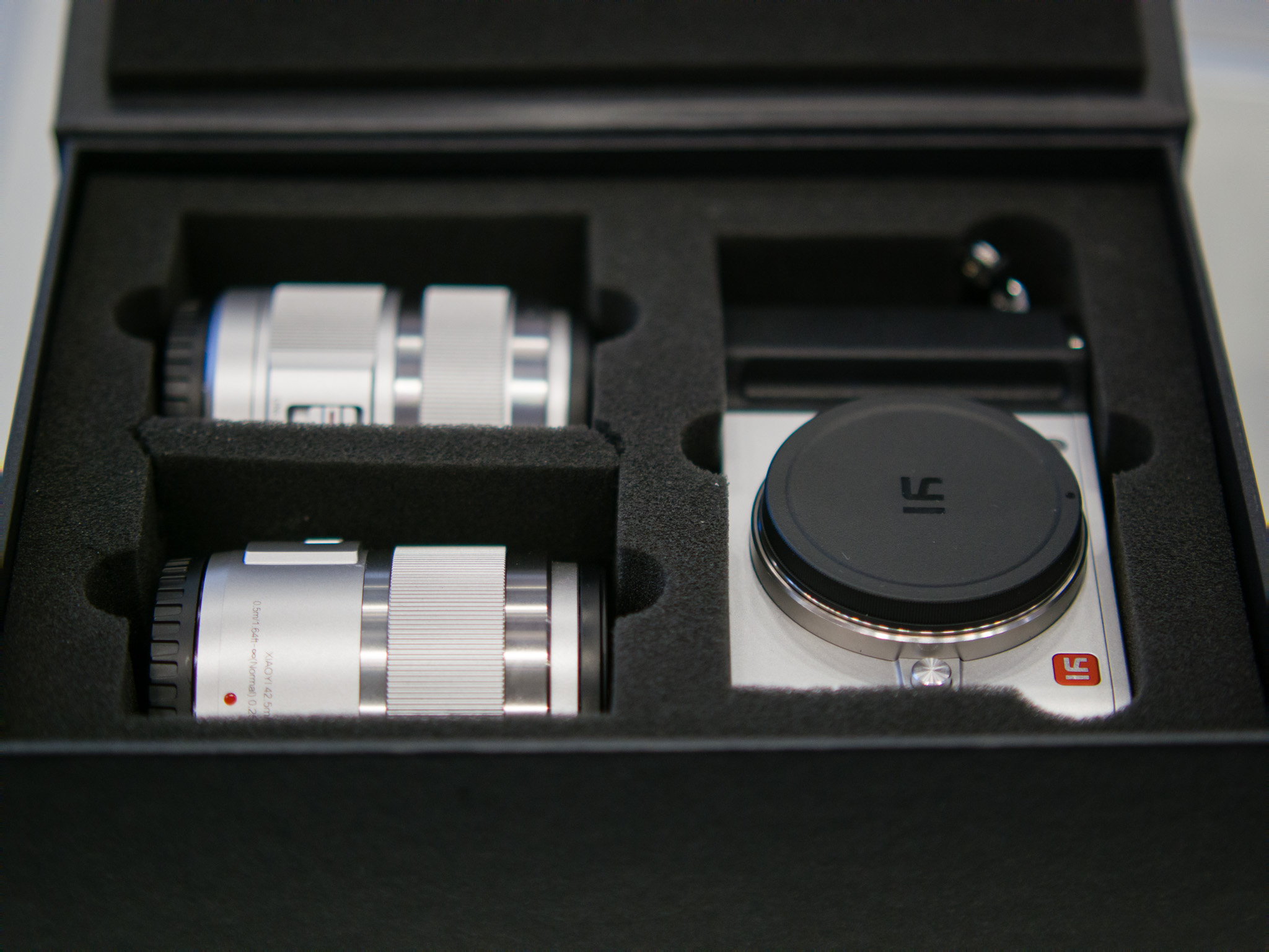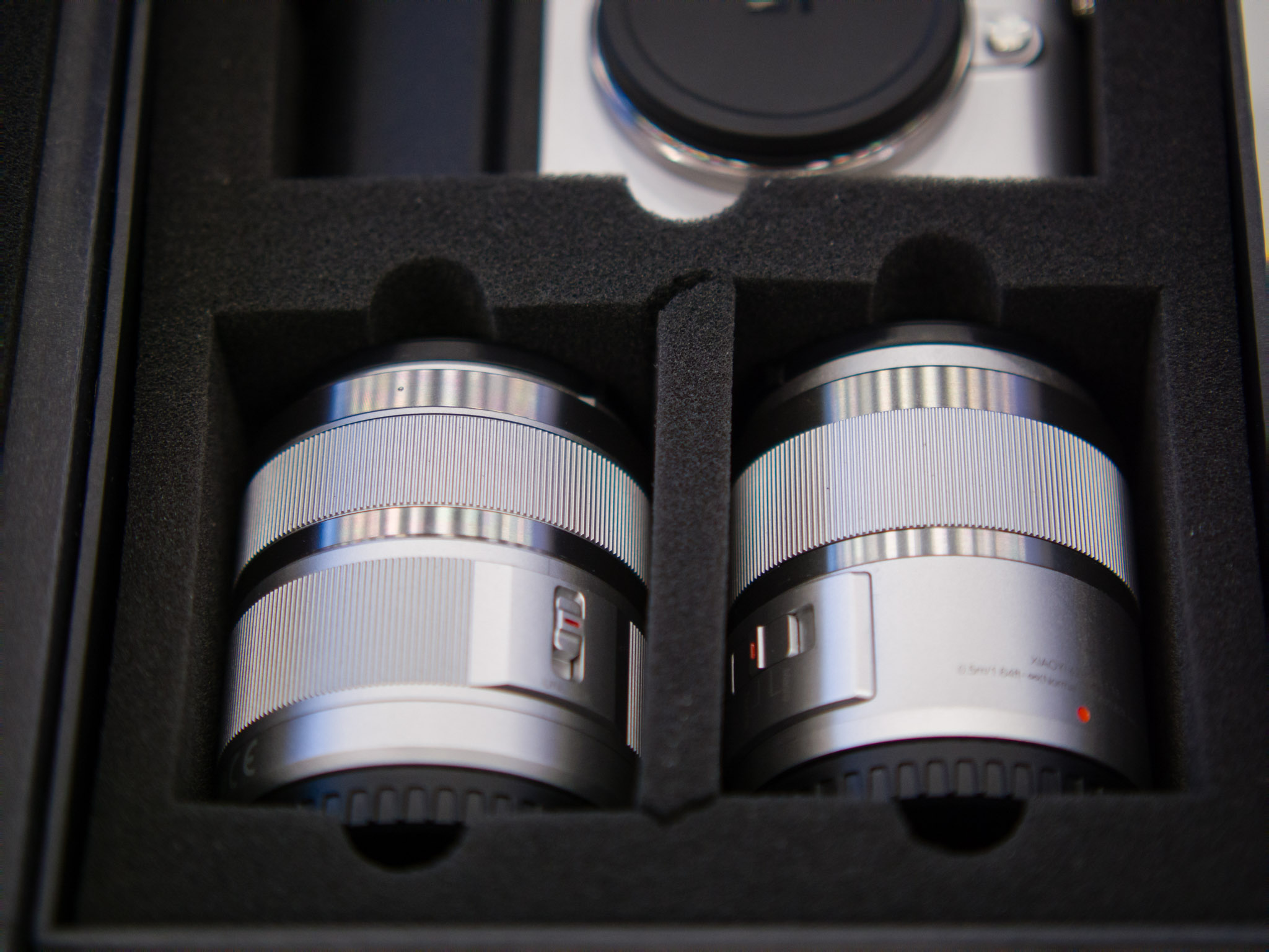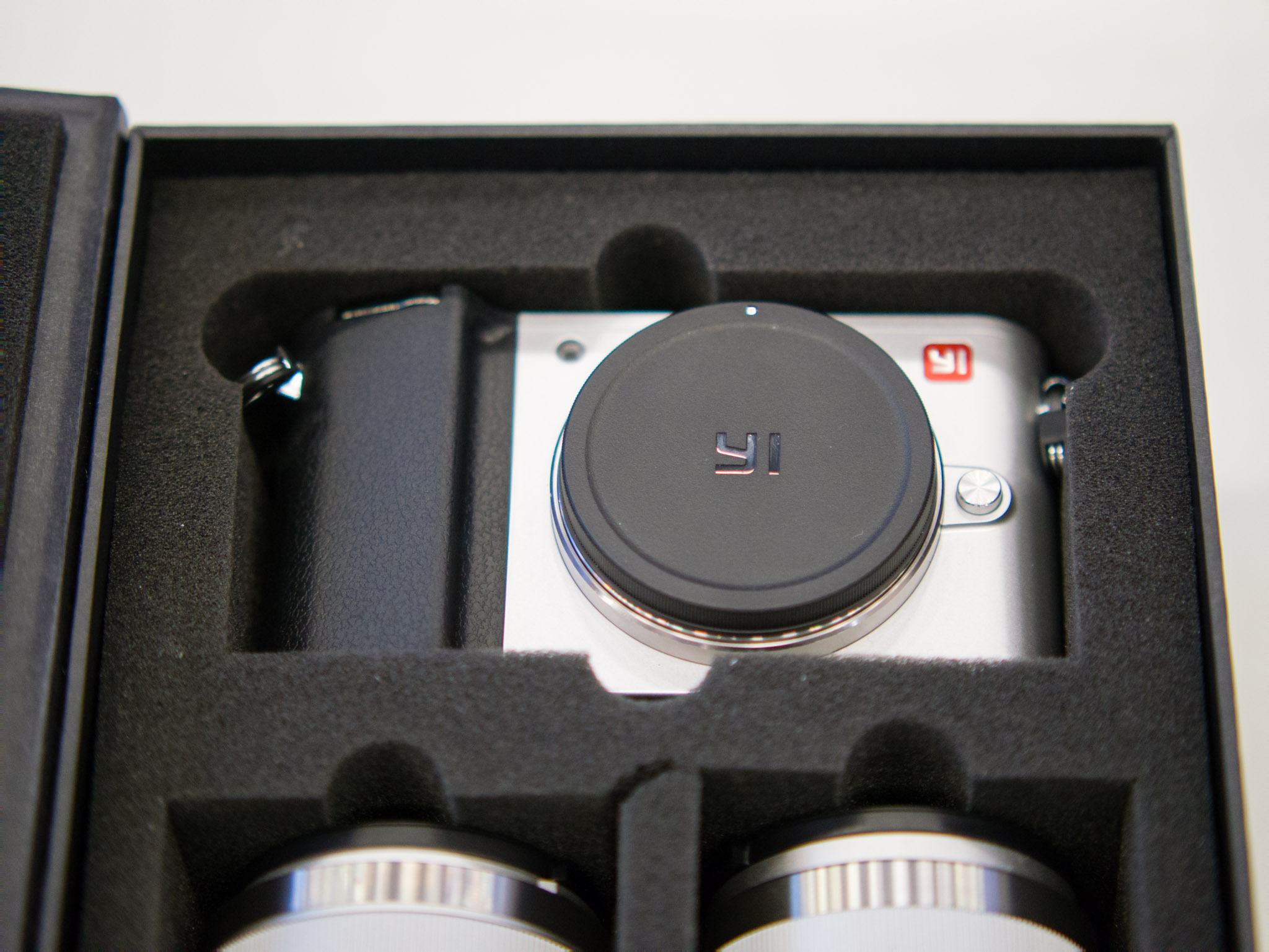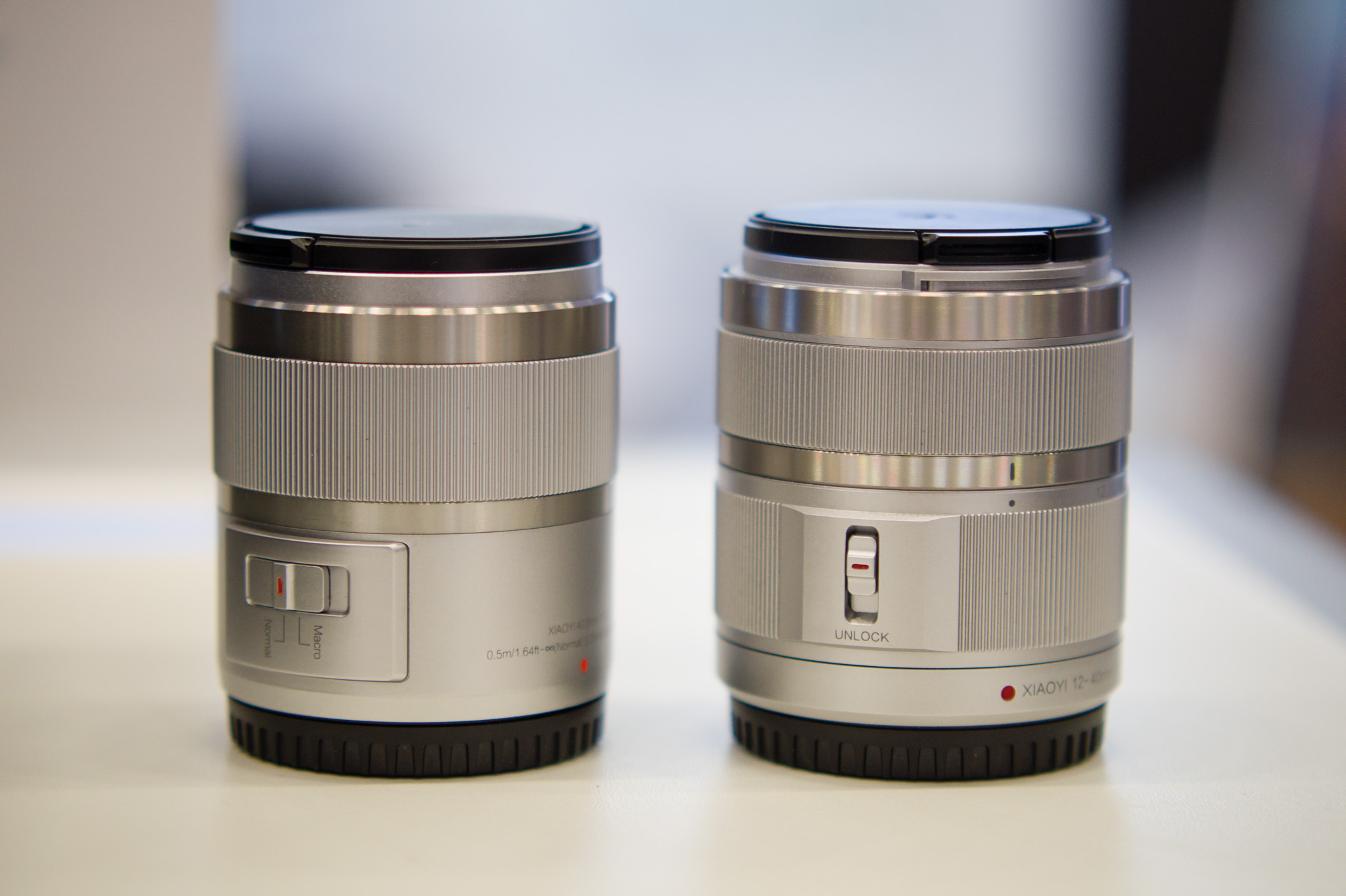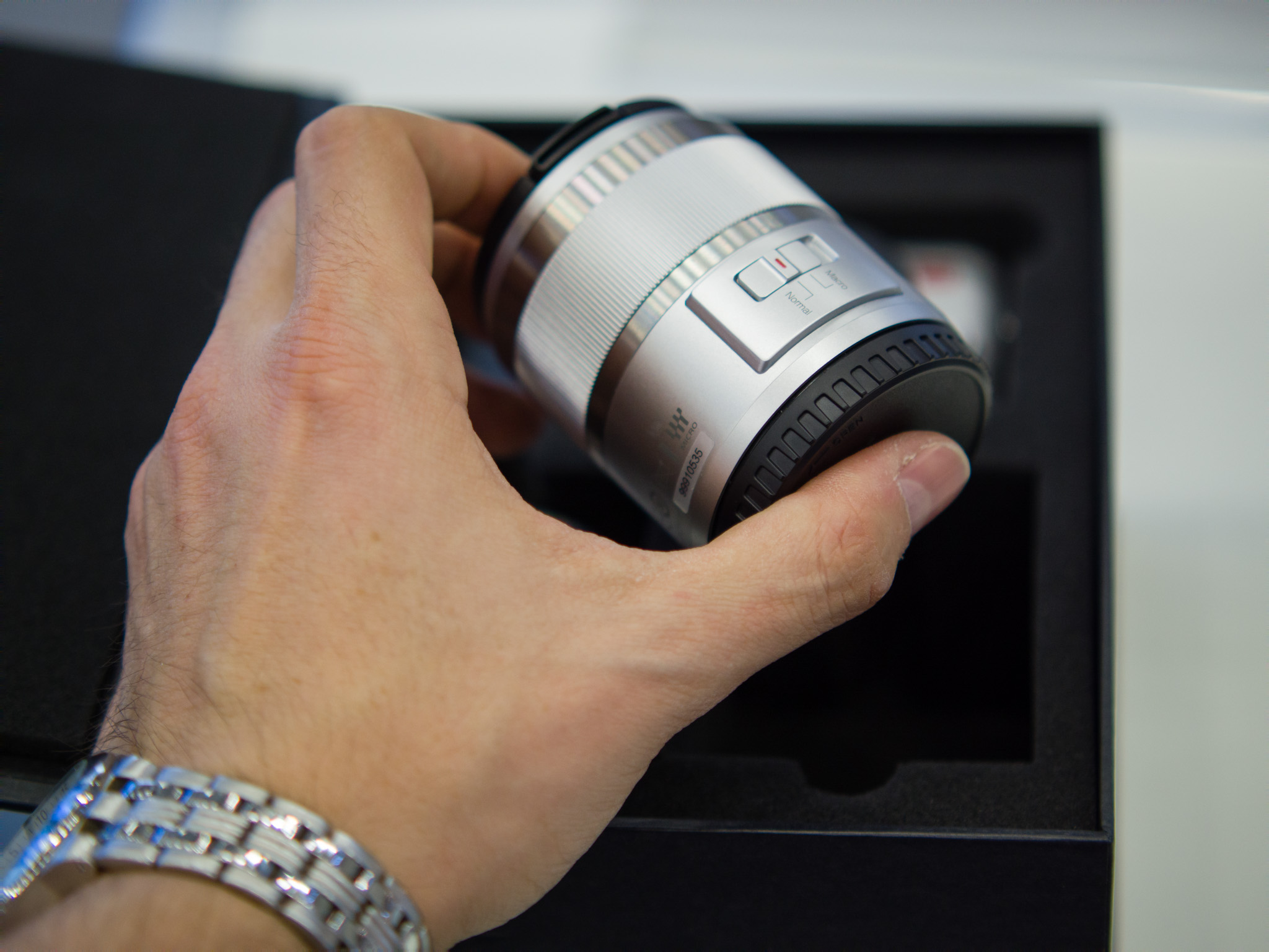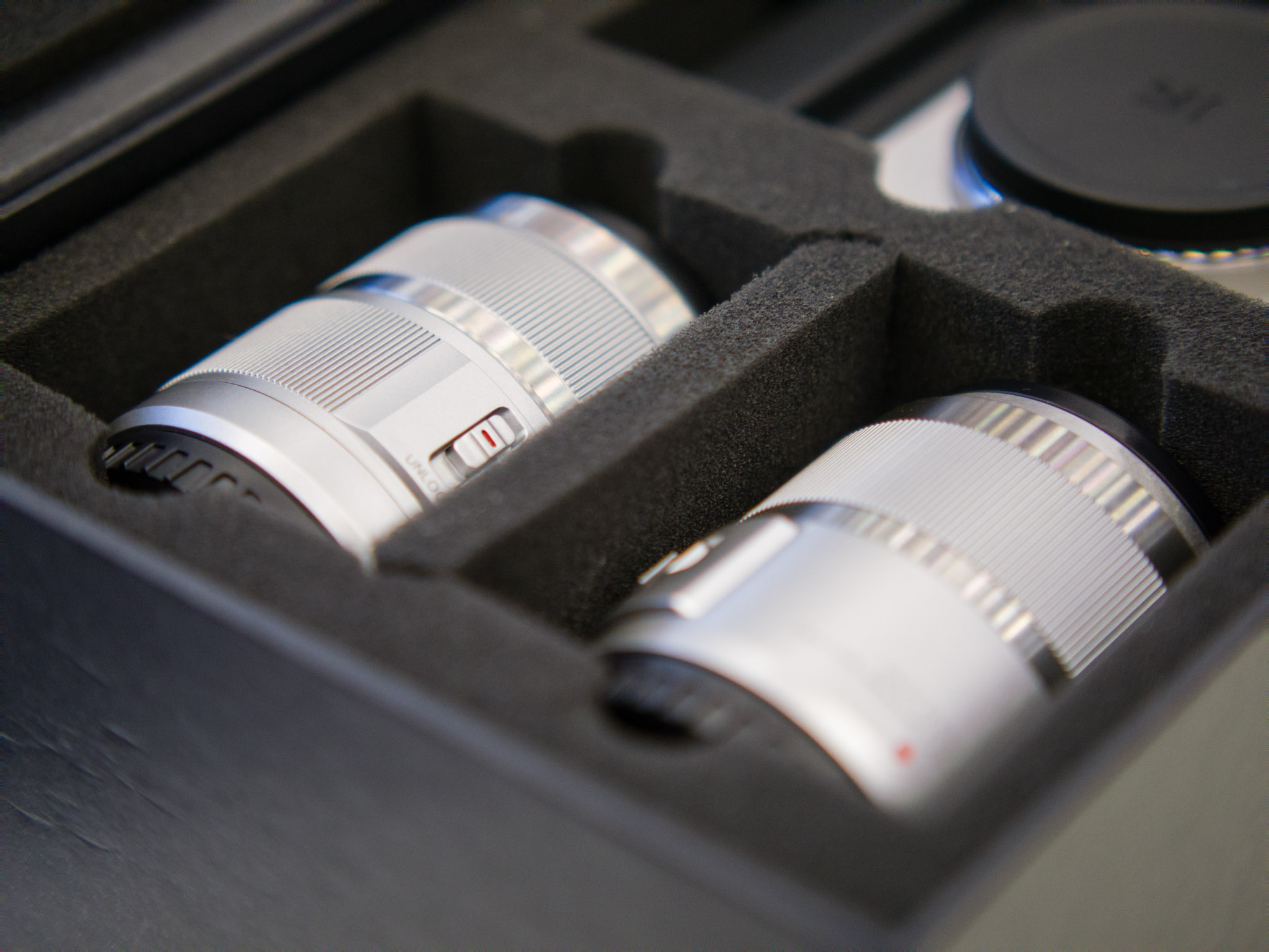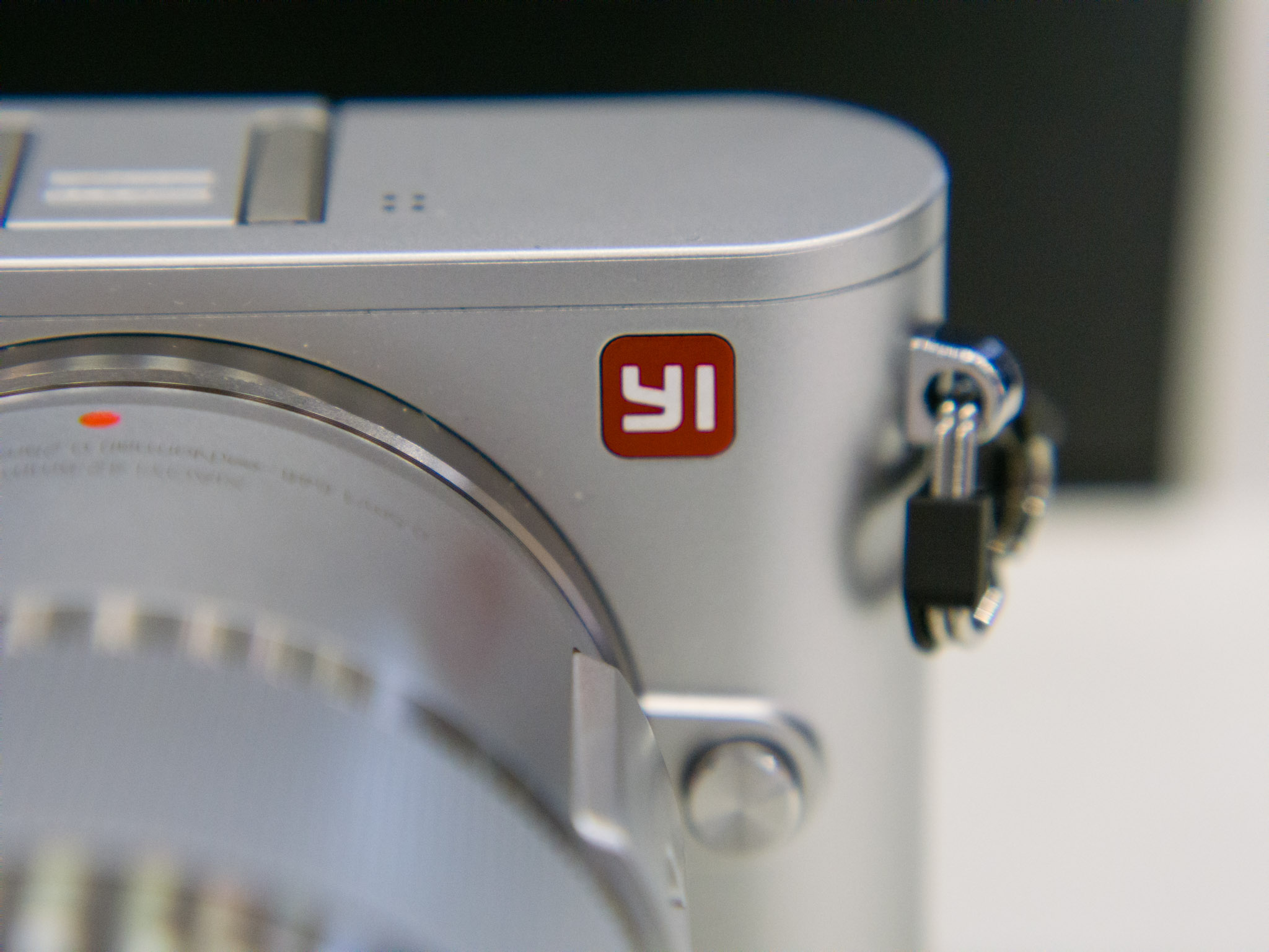Last week at Photokina, there was one announcement that surprised pretty much everyone. Chinese company Yi Technology — the camera branch of smartphone manufacturer Xiaomi — just became a new Micro Four Thirds player by announcing the Yi M1, a small camera with clean lines and a minimalist design, a classic look very reminiscent of Leica cameras.
The Yi M1 comes in your choice of silver — Ice Silver, actually — or Storm Black. Let’s just get it out of the way: yes, it looks a lot like the Leica T. And no, that doesn’t bother me one bit. After all, if you’re going to be “inspired” by someone else’s design, Leica is definitely not a bad role model to choose.
Build quality and features
The Yi M1 has plenty of substance to go with its looks, though. It packs a 20-megapixel Sony sensor inside, similar to the ones found in the Olympus PEN-F and the Panasonic GX8, so resolution and dynamic range should be in the same ballpark as what you get with those cameras.
The camera is able to record 1080p video at 60 fps, but also 4K video at 30 fps, which will be great news for those looking for a competent video-blogging camera that won’t break the bank.
On the ergonomics front, the Yi M1 is very light, weighing only 280 g. The grip is comfortable enough if you’re shooting with small lenses, but if I were to mount heavier glass on it I’d definitely want to have something a bit more substantial.
The Yi M1 also has a nice touchscreen that responds very well to touch, and the menus seem very clear and intuitive to use. Just swipe right to bring up the menu, then swipe up or down to navigate through the different pages to access your desired option. I really like how this was implemented.
The camera only has one physical control dial — besides the main mode dial and the ON/OFF switch — but switching from aperture to shutter speed control only takes a single tap on the rear LCD, so I’m calling this an acceptable compromise. The dial itself feels surprisingly well, as do the rest of the buttons on the camera — all two of them. Of course, the body is still mostly made out of plastic, although the lens mount is made of metal. There’s no electronic viewfinder or built-in flash, but the camera does have a hotshoe, so perhaps those will be added down the road as external accessories.
All in all, this is a decently made camera with basic dedicated hardware controls, which is understandable in this category.
Where the Yi M1 hopes to differentiate itself from the pack, however, is with the connectivity features. The camera has Bluetooth Low Energy and WiFi, and there’s a dedicated smartphone companion app — available on both Android and iOS — that will make it very easy to share pictures to your social network or cloud service of choice. I didn’t have a chance to test this feature, but according to two Yi representatives, the company is betting heavily on it to be one of the camera’s main selling points.
For what it’s worth, the current smartphone camera companion app is not exactly brimming with excellent choices, so if they manage to nail this aspect, I could definitely see it becoming popular.
Speaking of social sharing, there’s another feature in the Yi M1 that strikes me as extremely clever. They’re calling it Master Guide, and it’s basically a collection of compositional guidelines to help you get tried-and-true portrait poses of your subjects. If you’re lacking some inspiration but still want to get nicely posed shots, this will come in super handy. Check out this video to see how the feature works. Brilliant!
The Master Guide feature is an extremely clever idea, and one I would like to see other manufacturers adopt.
Pricing and availability
The other main selling point, of course, will be price. The Yi M1 will be released in the US on October 12, and it will start at $499 with a lens, which is a terrific value for the amount of technology that you get. Besides, being a Micro Four Thirds camera, the Yi M1 will be compatible with the entire MFT lens catalog from both Olympus and Panasonic, as well as third party manufacturers like Sigma and Voigtlander. This is one of the perks of entering a fully mature system: you don’t need to develop everything yourself from scratch. Smart move.
That being said, Yi also announced two new lenses of their own: a typical 12-40mm f/3.5-5.6 zoom lens, and a more interesting 42.5mm f/1.8 Macro lens. Both lenses are mostly made out of plastic and are very light and compact. What is surprising, though, is that the camera will also be available in a very nice kit with both lenses for $699, which is still a pretty good value, except I don’t really see the point in owning the kit zoom. I’d much prefer to get the kit with just the prime lens for $599, but maybe that’s just me.
Performance and image quality
Now, I know what you’re thinking: All that’s well and good, but how’s the image quality? Where are those images samples you mentioned in the title?
Glad you asked. Actually, all images in this article were taken with the Yi M1 and the 42.5mm prime, so feel free to inspect them as much as you want. For a bit of context, these were shot at the Yi stand in Photokina under artificial light — and not very much of it, at that. They should provide for an interesting real-world example of the kind of performance you should expect from this camera.
Of course, these are somewhat edited and heavily compressed JPEGs for the web, so if you want to play with the RAW files yourself, I’ve also uploaded a few of them to Dropbox. I can’t promise they’ll stay up indefinitely so if you’re interested, be sure to grab them while they’re hot. And speaking of the files, the camera uses the standard Adobe DNG file format, so it is already supported by pretty much every photo-editing app out there, including Lightroom.
Low-light performance seems to be right in line with the other MFT cameras that use this 20-megapixel sensor: images are clean at up to ISO 3,200, but they are still quite usable at ISO 6,400. The extra resolution means you can trade some of that detail for a bit more aggressive noise reduction and still come out ahead in terms of image quality. Shadow recovery also seemed perfectly adequate, and the files take sharpening very well.
I did notice that the camera’s built-in light meter had a strong tendency to underexpose, and I regularly needed to boost exposure in post production, in some cases by as much as 1.2 stops. This may have been due to the challenging lighting conditions, though, so I wouldn’t consider it a problem just yet. And you can always use the exposure compensation feature anyway, so once you figure out the bias, it’s not a big deal.
AF performance was a bit on the slow side. The camera didn’t hunt for focus very much, but it was just slow. Now, I only got to test the camera with the two Yi-made lenses so performance may be better with, say, Olympus primes, which are some of the fastest-focusing lenses for the system. Again, the poor lighting conditions made it difficult for me to test this feature extensively, so I can’t speak for the camera’s AF performance in better conditions.
What was most surprising to me is the fact that the camera doesn’t support manual focusing at all. The focusing ring on both lenses is merely cosmetic, which is just surreal. It’s unclear at this point if this is a firmware or hardware limitation — meaning, MF might work with other lenses — but in its current state it is just silly.
As for the lenses, I didn’t shoot much with the zoom lens, but I have to say I was pleasantly surprised by the 42.5mm lens. It is very sharp and chromatic aberration is reasonably well controlled — there are traces of it here and there, but at this price point we certainly can’t complain. Normally I wouldn’t even look at this lens because the excellent Olympus 45mm f/1.8 prime is one of my favorite lenses, but the Yi prime has a neat trick up its sleeve that has me questioning my love for the Oly: the macro mode.
Flicking a switch on the lens barrel, you get to take macro pictures, which adds a whole new dimension to the lens and greatly expands its shooting capabilities. Unfortunately, the aperture goes down to f/3.5 when you’re shooting in macro mode, but that’s a small price to pay for the feature.
A darn good first impression
I must admit that when I first heard of the Yi M1, I didn’t give it much credit. It just felt like a cheap attempt at copying the Leica T.
However, after playing with it for a while, it strikes me as a very compelling first-entry into the Micro Four Thirds arena. It’s not weather-sealed, it feels plasticky, and it doesn’t focus very fast, but all those things don’t matter when you look at the pictures you can take with it.
This camera packs some serious punch, and it shouldn’t be underestimated. The entry level to the Micro Four Thirds system just got a heck of a lot better, and both Olympus and Panasonic will have to raise the bar accordingly. Imagine what this company could do two or three years from now, once they’ve had time to iron out the kinks, if they decide to pursue the higher end of the market.
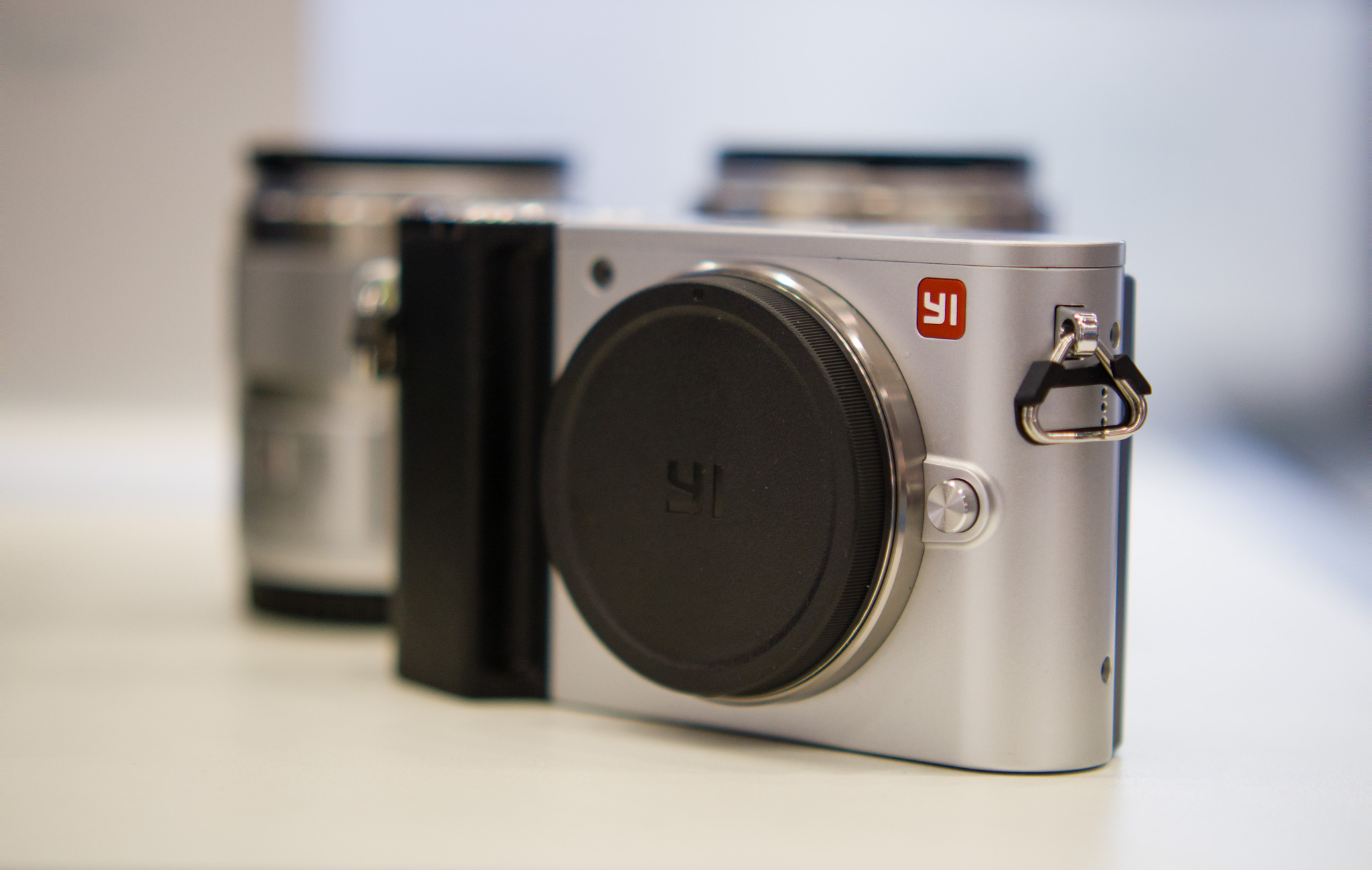
During my visit to their stand, one of the Yi representatives I spoke with noticed my Sony a7 II camera, then looked me in the eye very seriously and said: “your camera is for work. Our camera is for life”. They just may be onto something here.
